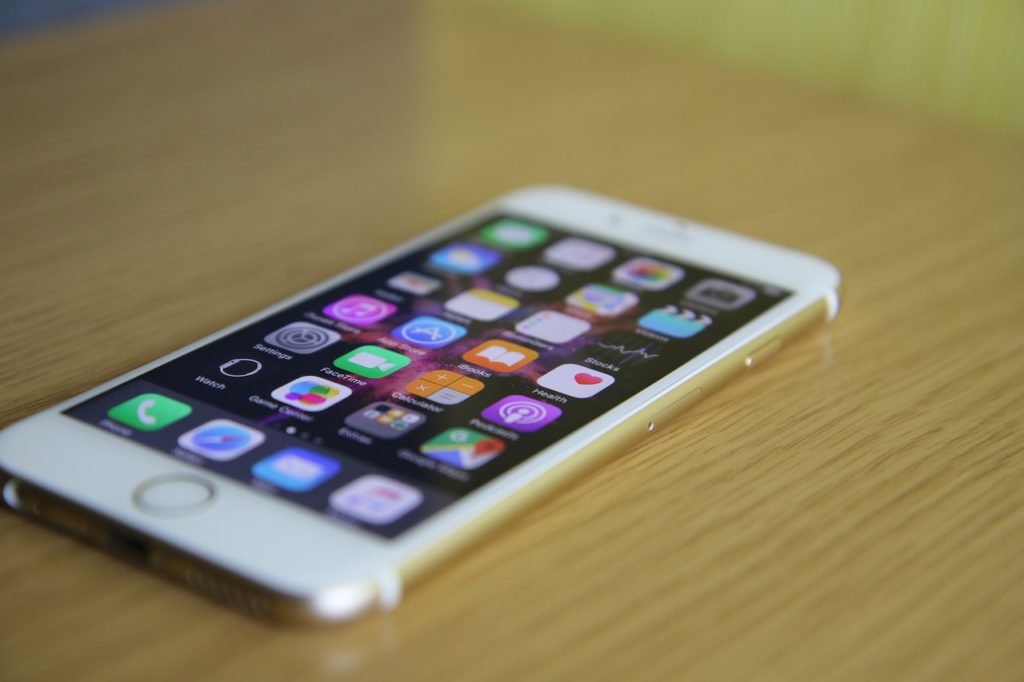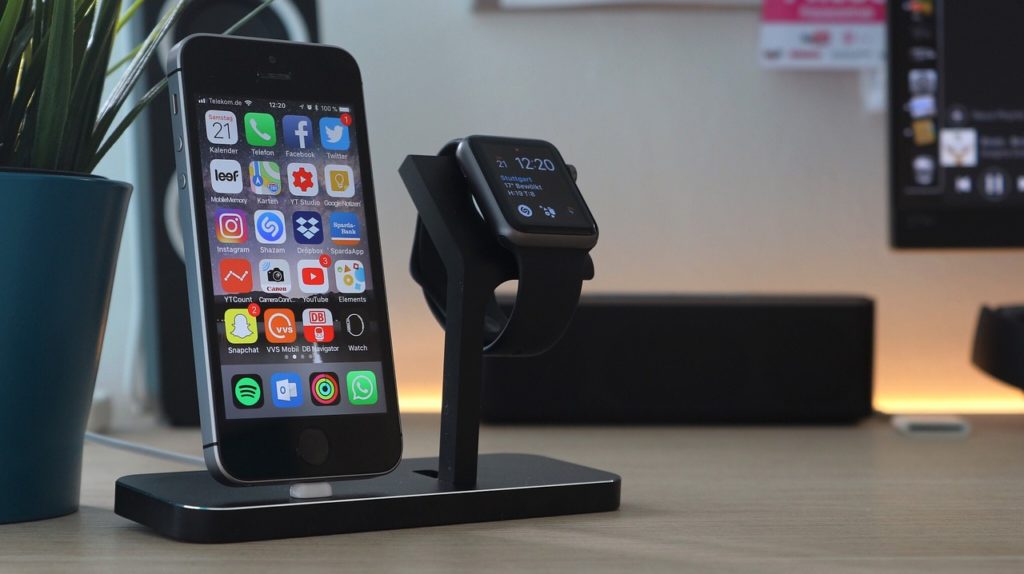Currently home to more than 2 million apps, the Apple App Store is one of the mobile industry’s biggest app marketplaces and a dream destination for app developers, from established tech companies to small startups to hobby designers. However, wanting to get your app into the App Store is one thing, and achieving that goal is another.
Not surprisingly, competition for a place in the App Store is fierce, and far too many developers hurt their chances of success by making basic, preventable mistakes. If you’ve got an app that you think has a shot at the App Store, make sure you avoid these seven big mistakes.
-
Inadequate testing
Conducting thorough and detailed tests of your app before submitting it to the App Store is an absolute must. It may take time, but you should only submit your app for review when you are confident that it is complete and ready for publication. Test the app on a wide range of devices to ensure functionality and be sure that all bugs are fixed: an app that crashes during the review process is unlikely to be given a second chance. In addition, review any links in your app to verify that they are functional, and don’t forget that a user support link, including up-to-date contact information, is required for all submitted apps.
-
Incomplete information

No matter how good your app is, it will be rejected by the App Store if you haven’t provided, in full, all the necessary details needed to review it. Include a valid demo account username and password if the app has any features that require signing in, include specific details for any special configurations, and be ready to provide a demo video (if the app’s features require a difficult-to-replicate environment) and/or any specialized hardware. Finally, all contact information should be complete and current. Leaving out even a small detail can result in a needless rejection.
-
Not following design guidelines
It’s great to get creative and original when it comes to the design of your app. However, don’t forget that Apple prioritizes and values interfaces that are clean, refined, and user-friendly. Even though you might think your app looks good with a unique or off-beat interface, Apple will likely reject it if they feel the design compromises the user experience. To make sure that your app is in line with Apple’s criteria, carefully review their many design guides, as well as their handy checklist of design do’s and don’t’s addressing key topics ranging from formatting content to touch controls to text size.
-
Inaccurate or misleading descriptions
Pretending that your app is something it’s not is one of the quickest ways to earn a rejection from the App Store. Your app description and associated screenshots should paint a clear and accurate picture of what the app is all about, thus allowing users to easily understand the app and providing them with a positive App Store experience. In addition, the app must deliver on any and all features and functionalities that it appears to promise. It’s a big problem for both users and the App Store if your app does not perform as advertised.
-
Getting too complicated

When making an initial submission to the App Store, the best strategy is to keep it simple. The initial process of approving the app is the stage that takes the most time (and is the most competitive). It’s far easier to update an app that has already been approved, so don’t load your app up with a whole bunch of advanced features right from the start. Save those for later releases and concentrate on a basic, but extremely well-executed, version of your app for the initial submission. However, don’t keep things so simple that your app is a test or beta version. The app should still be a fully-functional, ready-to-publish version.
-
Submitting too many similar apps
Some developers try to increase their chances of acceptance by simultaneously submitting several apps that are more or less the same. However, this strategy usually has the opposite effect to the one intended. Because it ties up the app review process, multiple submissions are more likely to result in all apps being rejected. Instead, look for ways that you can thoughtfully combine your apps, and focus your efforts on making a single app into the best possible version.
-
Not delivering lasting value
The App Store is committed to providing users with a long-term, quality experience. For this reason, apps are unlikely to be approved if they don’t offer significant functionality or content, are only relevant to a small niche market, or have an obvious “expiry date” beyond which they won’t be useful. To ensure that your app is ready to deliver the kind of value the App Store prioritizes, make sure to check out other, approved apps in your App Store category and compare how your app stacks up in terms of lasting quality.

